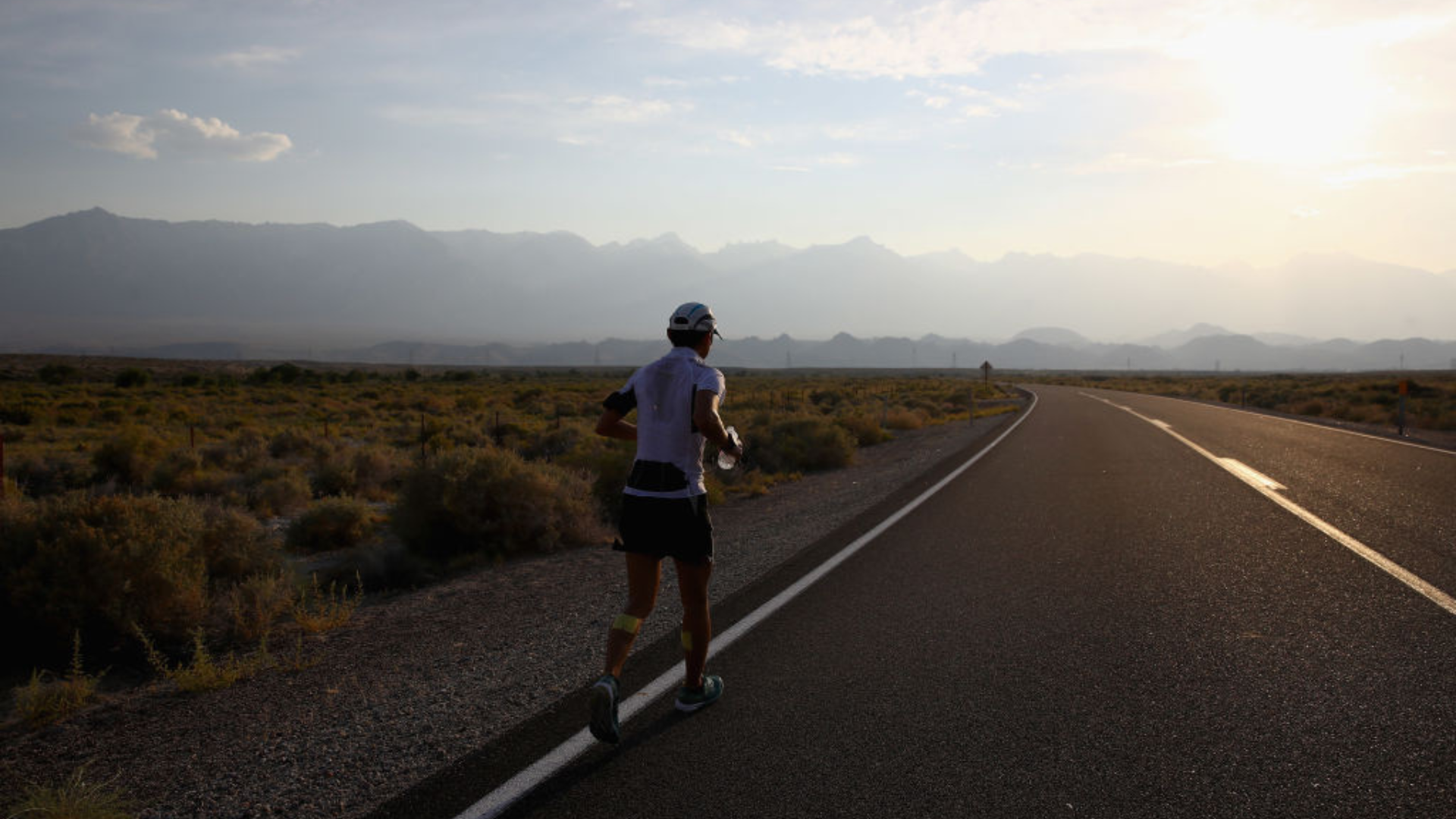Have boobs? How to use the sternum strap on your hiking backpack
Struggling with discomfort on the trail thanks to backpacks that were designed for flat-chested hikers? Read our hikes for using the sternum strap (or not) when you’re hiking or running with boobs
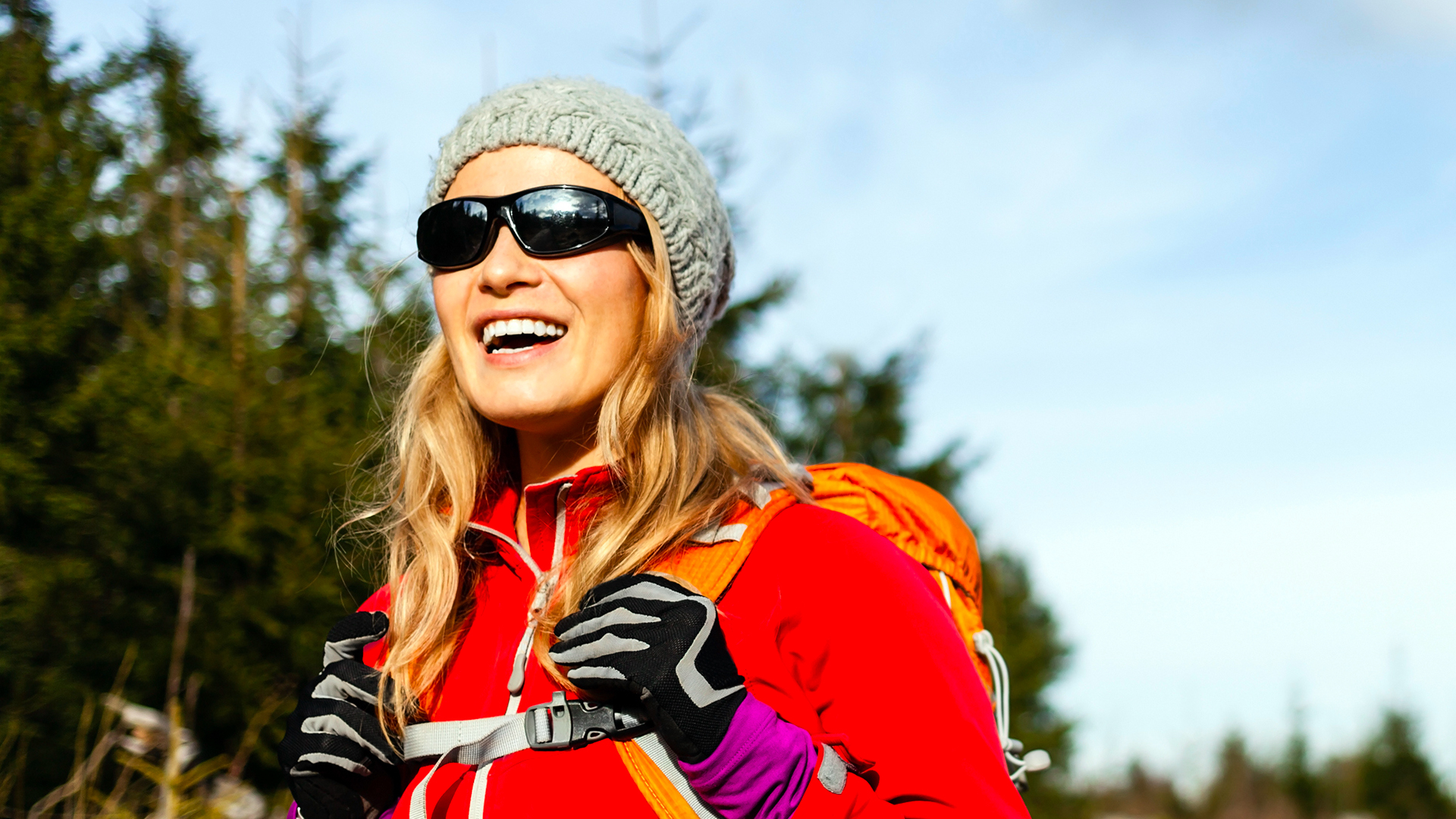
With more and more people taking to the outdoors, outdoor gear is getting more technical by the day, making it an exciting time to be a hiker, runner or climber. So long as you’re slim, not too tall or short, and don’t have any pronounced curvy areas or unusual dimensions that is. Those make it difficult to find clothing and gear like hiking pants, base layers and waterproof jackets that fit properly, so if you fall into any of those categories, you’re basically screwed.
Last year, I spoke to Raquel Vélez who created a whole clothing company called Alpine Parrot for plus sized hikers like herself and it was totally eye opening to discover how difficult it is for nearly two-thirds of women to find clothes like ski pants that will actually stay up. Whether intended for men or women, outdoor gear, like a lot of fashion clothing, tends to be designed with a specific body type in mind, and very few of us have that actual body type.
Take boobs, for example. I own a pair, but they’re not very big. Lots of my friends own generous pairs. How do they use the sternum strap on their hiking backpack? This occurred to me the other day when I was hiking near Loch lomond. I was using the sternum strap on my daypack as I do a lot of the time. It cuts right across the middle of my boobs, and though this doesn’t give me too much bother, it doesn’t feel all that great. What if I had big, or even medium-sized boobs, I wondered?
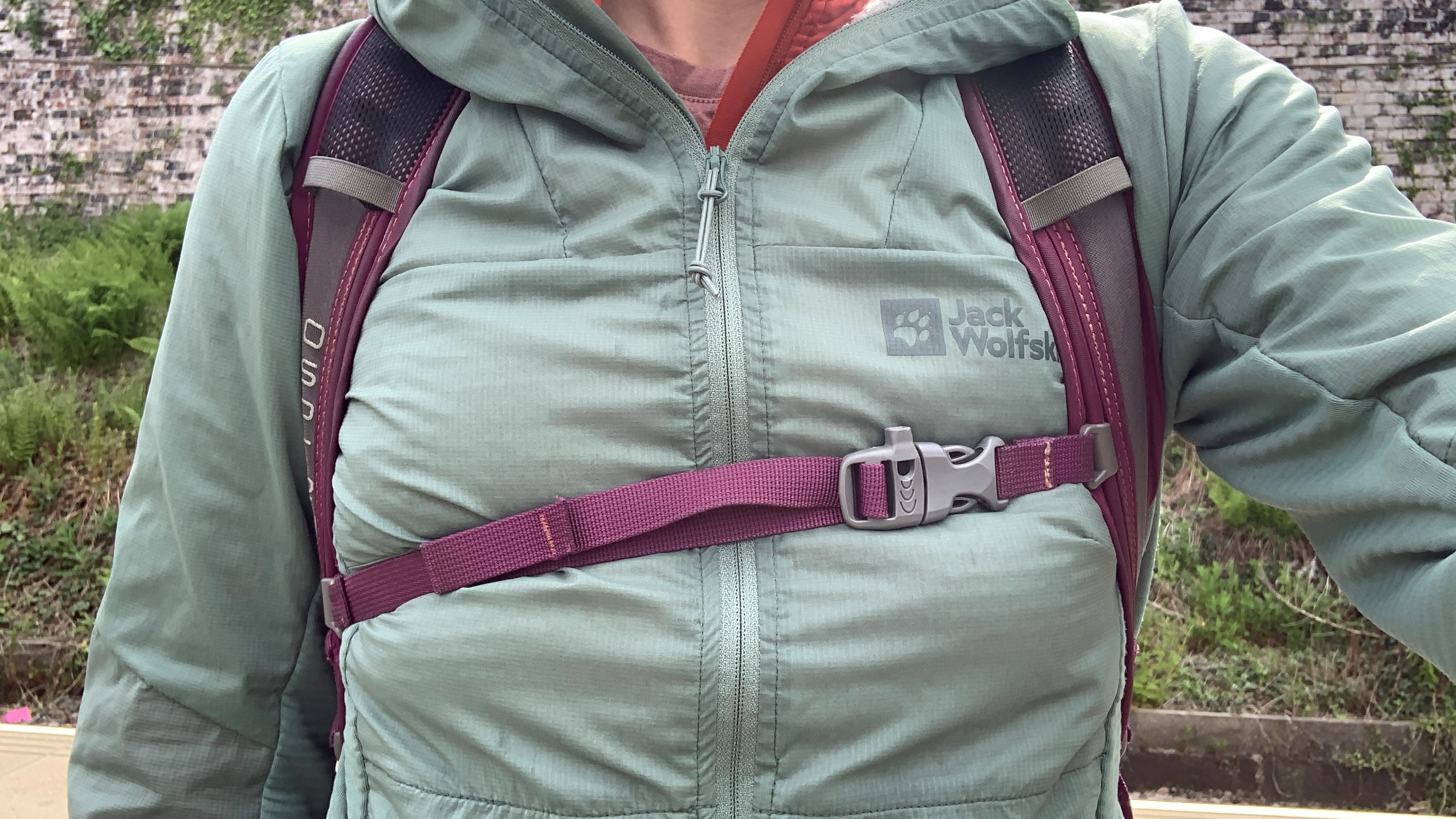
As soon as I got home, I fired off a couple of messages to two of my more ample-bosomed friends to get their thoughts on the matter. Gina and Kim were two of my best adventure buddies when I lived in Colorado. To be a little reductive for the purposes of getting to the point, they’re busty and they’re both avid hikers and trail runners, so I know for sure they’ve had lots of experience with various types of hiking and running backpacks.
Pretty quickly, both got back to me and my suspicions were proved correct – using the sternum strap on a backpack when you have boobs can really suck.
“I do remember when I started backpacking in my late teens my boobs would go numb,” recalls Kim. Numb boobs? That sounds terrible!
Meanwhile Gina replied that on backpacking trips, she tends to take breaks from using the sternum strap to make it tolerable.
Advnture Newsletter
All the latest inspiration, tips and guides to help you plan your next Advnture!
“I only use it when the load is great enough to warrant it, and then usually in bouts of on, then off for a while because it isn't comfortable and if I’m breathing hard it feels like it constricts my chest.”
Discomfort and difficulty breathing properly on a hike doesn’t seem great, when it’s something that potentially impacts half the population. Nowadays, there are great backpacks designed specifically for women, but the problem seems to persist – I actually found a Reddit thread on this subject, where several hikers mention just not using the strap. But while the hip belt is essential for transferring the weight from your shoulders to your legs, the sternum strap is really handy in a supporting role and to keep your shoulder straps in place. It would be nice if more than half the population could have access to it.
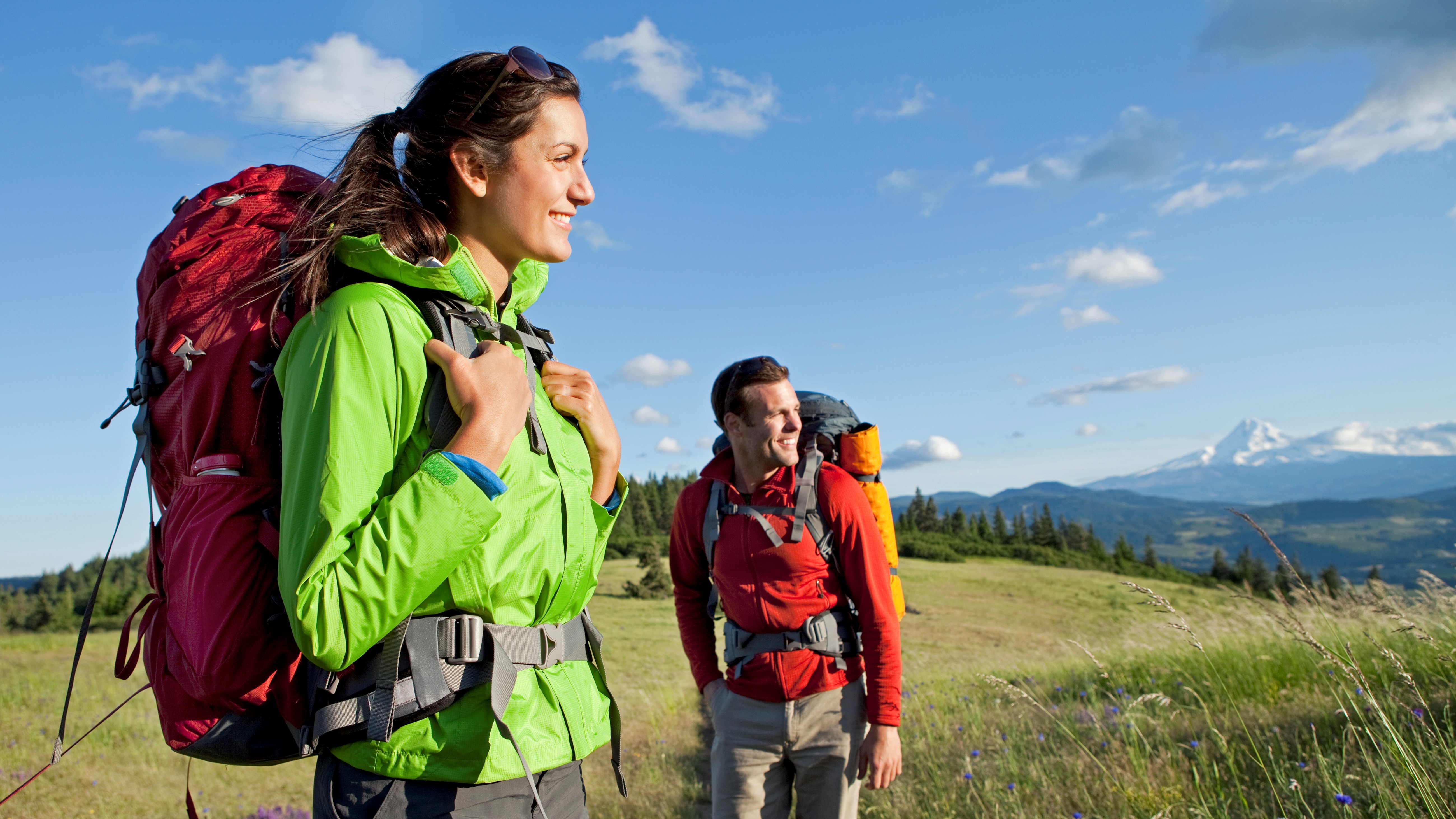
We quickly agree that the ideal solution would be for outdoor brands to start making sternum straps that you can move up and down to find the perfect place, and if I had to guess, some probably already have. In the meantime, however, for a quick solution that can help you on the trail today, here’s what we came up with.
1. Don’t use it
This seems to be the most common tactic, and of course you could take a leaf out of Gina’s book and use yours strategically.
“The times I use it most frequently are if I have a hydration pack on and I’m trail running or coming in hot on a hike descent where it serves the purpose of keeping the jangling bag on my body and keeping the shoulder straps from going down my arms.”
During the times when you’re not using the sternum strap, Kim recommends holding onto the shoulder straps with your hands to keep your pack in place and the weight off the front of your shoulders – just don't trip. When you really need it, you might just grin and bear it, but the rest of the time, just use the hip belt, leave the sternum strap unfastened (or cut it off like one Reddit user) and tighten your shoulder straps to keep your strap in place.
Another option is to rig up your own strap using a small carabiner or daisy chain that can hold the shoulder straps closer together but be placed exactly where you need fit for your anatomy.
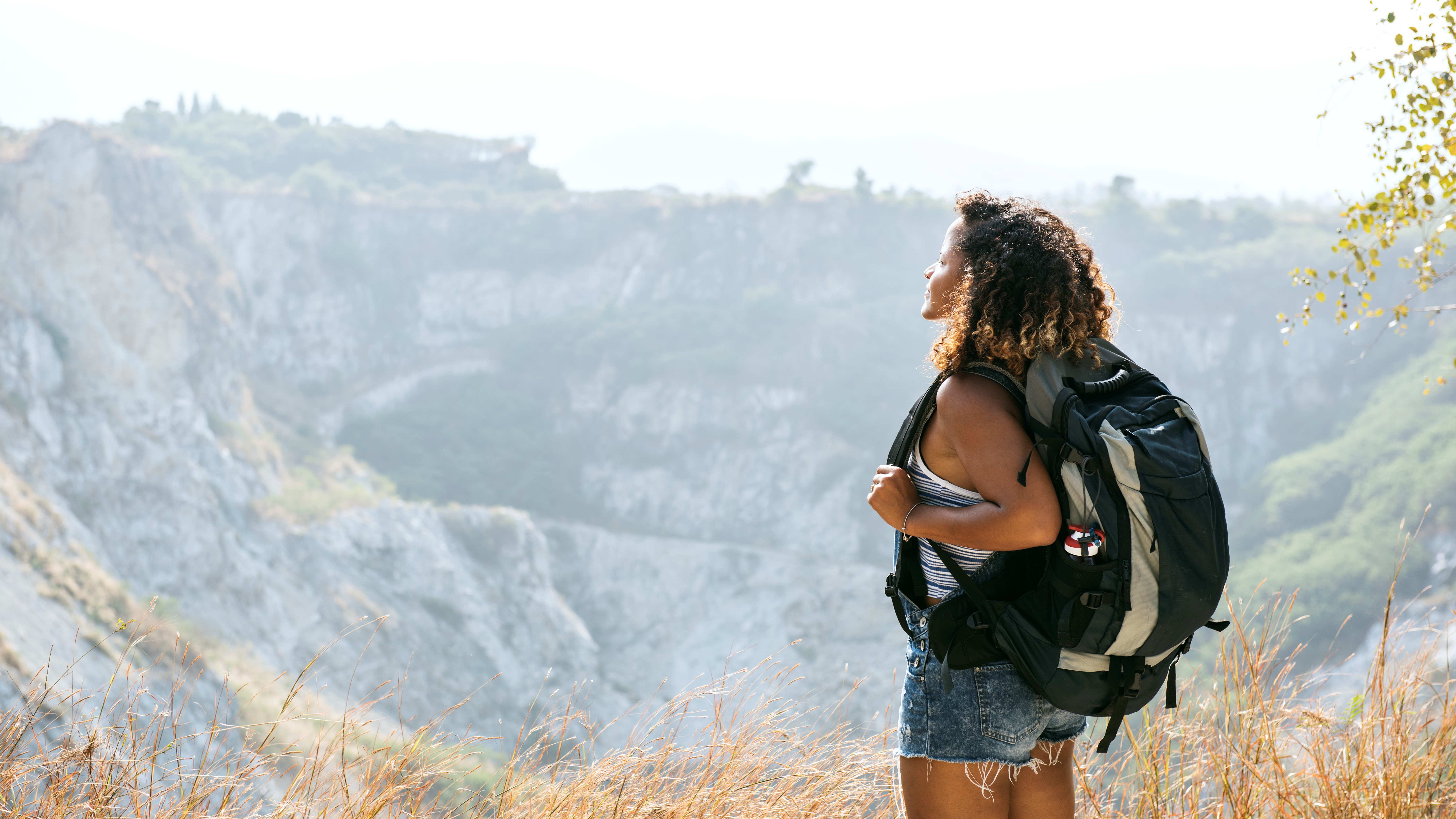
2. Upgrade your pack
Let’s say you’re going on a multi-day backpacking trip or a thru-hike. In that case, the sternum strap becomes more important as it helps to hold your heavy load closer to your body, making it easier to carry and stay balanced on rough trails. The good news here is that newer packs may be better built for people who aren’t 5’9” athletic men.
“Packs and running vests have come a long way with the sternum adjustments and I haven’t noticed anything super uncomfortable in a while,” notes Kim, who says she went backpacking two weeks ago without any discomfort. Like me, though, she’s an adventure writer with lots of access to new and exciting gear.
When you’re shopping for a new, boob-friendly backpack, look for one where the sternum strap is actually significantly higher than your sternum, and lies just underneath your collarbones, for the least intrusive position. If you’re still hiking or running with a backpack from the 1980s, you might just be ready for an upgrade.
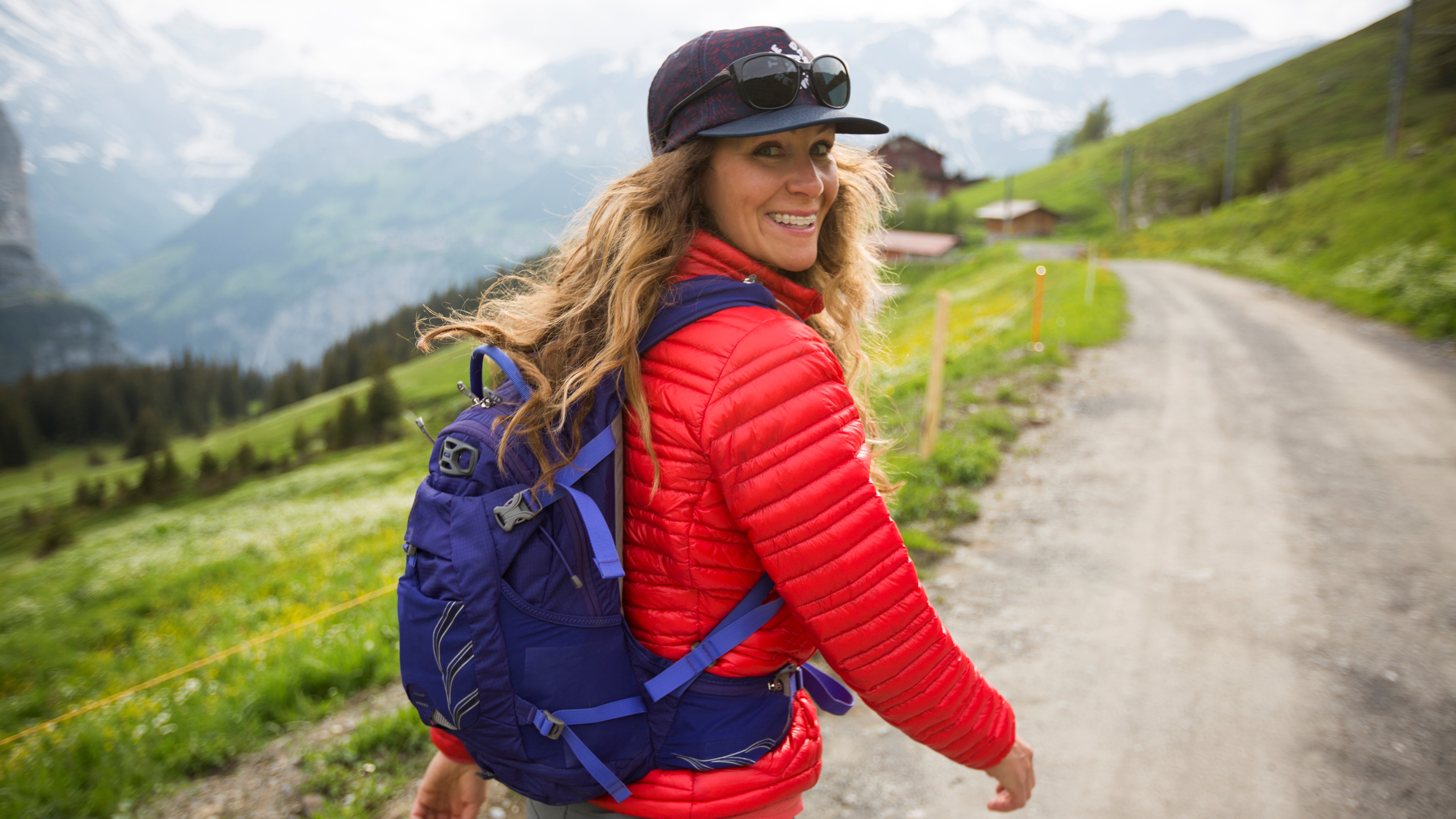
3. Use a running vest
If your foot sport of choice is trail running or you’re going ultralight on your hikes, you might fare better with a running vest rather than a backpack. These vests, also known as hydration packs, fasten comfortably over your torso with better placed straps, keeping your water, running gels, first aid kit and gloves close to your body to help you move fast and comfortably. But don’t just grab the cheapest one you can find as it might be built for the more hosepipe physique – look for a women’s-specific model, such as the Montane Women's VIA Snap 4L.
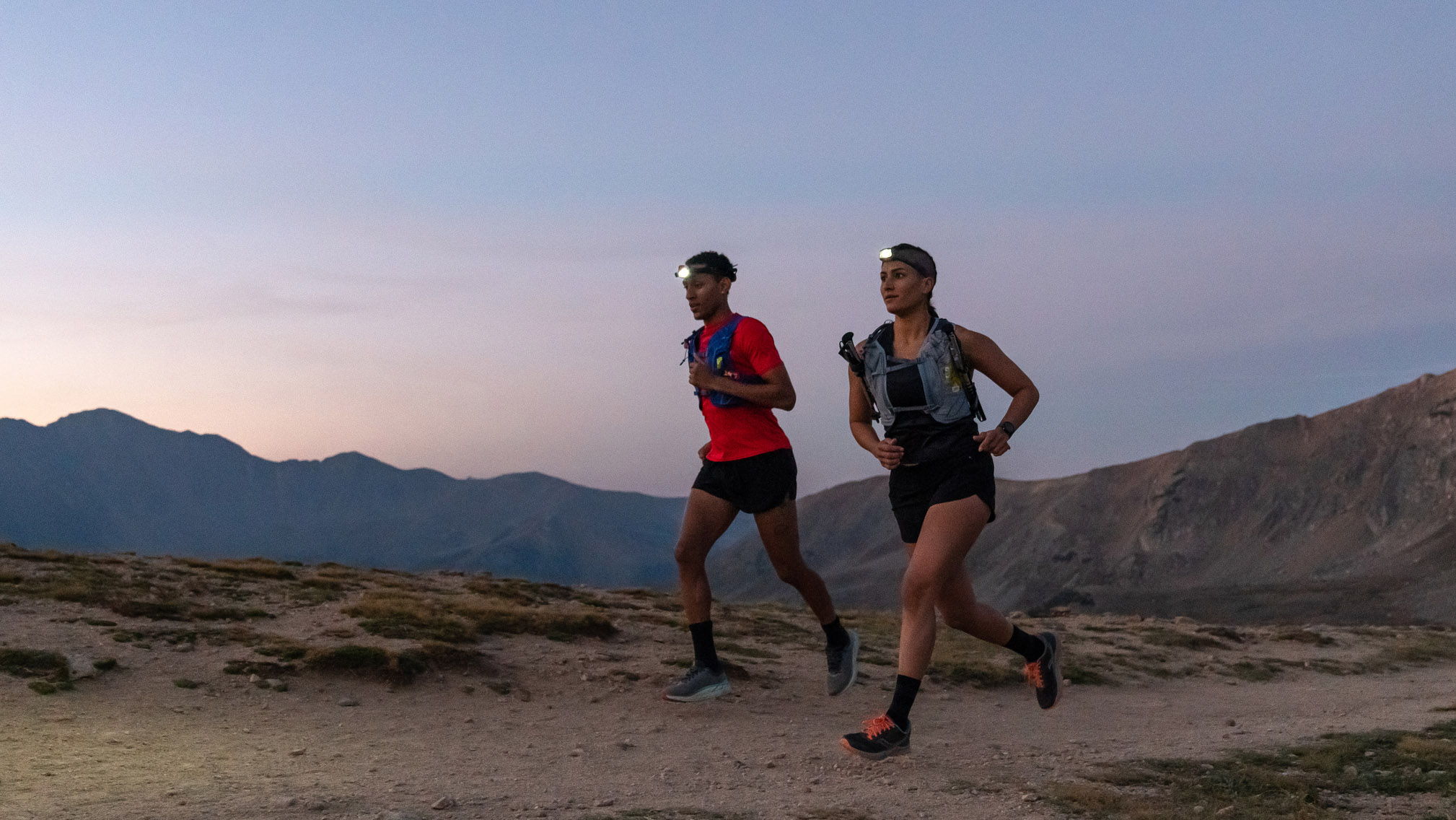
4. Use padding
If you’re not looking to spend money or your just love your old backpack too much to part with it, one other potential hack to try came from Gina:
“A hack I would use for a backpacking trip would be to put a seatbelt pad on it for long stretches. Something that would pad and disperse the strap pressure.”
For longer distances where you otherwise like your backpack and need to use the strap from time to time, extra padding might be your best answer.
Julia Clarke is a staff writer for Advnture.com and the author of the book Restorative Yoga for Beginners. She loves to explore mountains on foot, bike, skis and belay and then recover on the the yoga mat. Julia graduated with a degree in journalism in 2004 and spent eight years working as a radio presenter in Kansas City, Vermont, Boston and New York City before discovering the joys of the Rocky Mountains. She then detoured west to Colorado and enjoyed 11 years teaching yoga in Vail before returning to her hometown of Glasgow, Scotland in 2020 to focus on family and writing.

